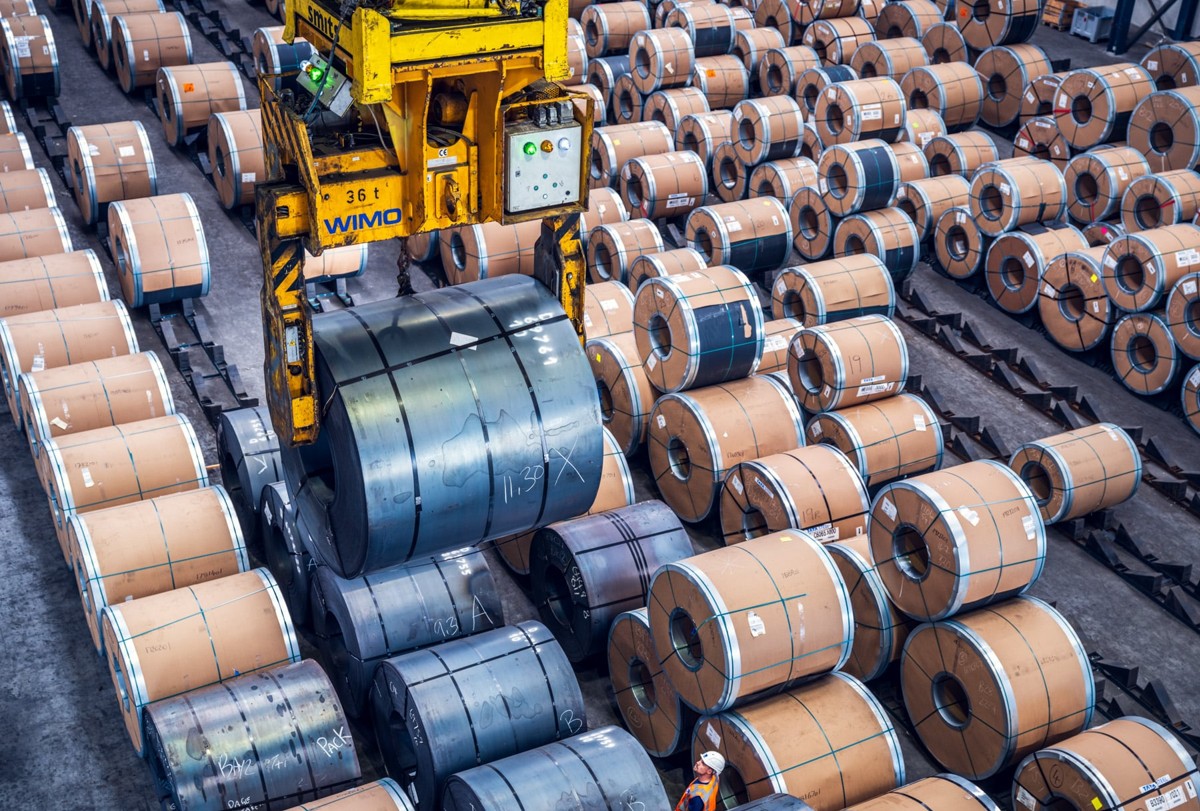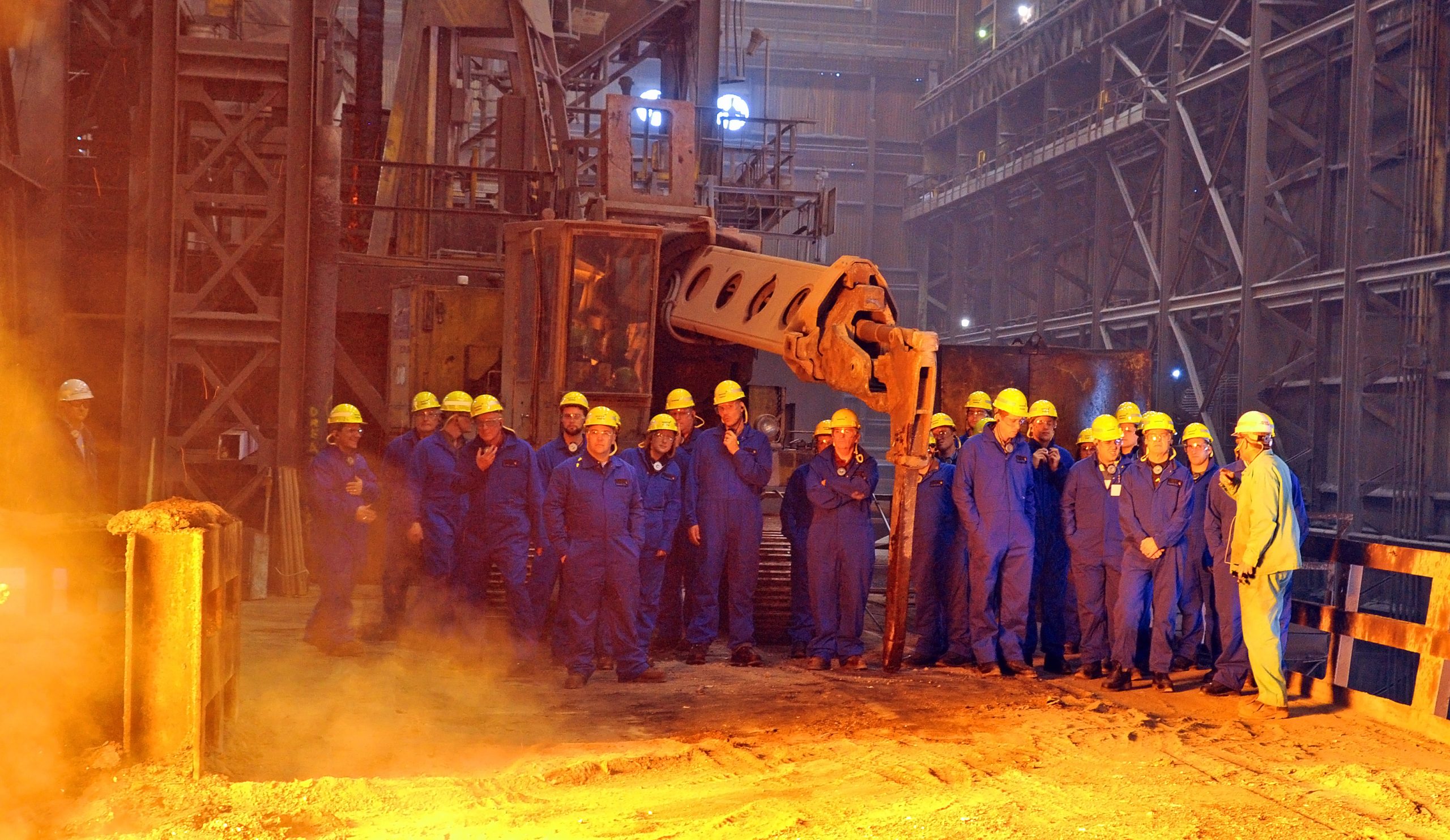Analysis

August 31, 2020
Final Thoughts
Written by Tim Triplett
How much has the market recovered from the depths of the pandemic? If steel prices are an indicator, we’ve made some progress. But is the bump we’ve seen in the past several weeks just a temporary blip or a sign that the upturn in steel demand is real and sustainable? Service center and OEM executives surveyed by Steel Market Update this week are evenly divided on that question.
Hot rolled steel prices have jumped by nearly $75, based on Steel Market Update’s checks of the market, from a low of $440 in early August to the current $515 per ton. Lead times for spot orders of steel are moving out as the mills get busier. Buyers tell SMU there is little room for negotiation anymore as the mills hold the line and try to collect the price increases they announced last week.
Here’s what some respondents to SMU’s questionnaire this week had to say about the staying power of the current steel demand:
“Residential construction is strong, automotive is picking up steam, and there are some very strong economic indicators that lead us to believe this will carry into next year, especially if energy products can pick up a little.”
“COVID is causing an exodus in certain densely populated geographic regions, which in turn will drive sustainable growth in other regions.”
“There is zero negotiation by the mills this week. With lead times pushing far out, upcoming planned outages and scrap going up in September, it looks like they will have the upper hand probably for the rest of the year.”
Other comments were less bullish:
“Until everyone can go back to work, demand will be very choppy.”
“I don’t think demand is bad by any means, but there is some restocking and price buying that makes it look better than it should.”
“Every year in the fall, heading into winter, the mills get aggressive for contracts, and prices soften. We also continue to add capacity domestically, which will serve to drive down pricing. And we are starting to hear whispers from some financial experts preaching gloom and doom about an impending housing crisis in 2021.”
“Inventories have been driven low as prices keep coming down. Even as some demand is returning, much is just reordering by distributors. It’s not sustainable unless imports are further restricted.”
“There is some pent-up demand, but the two most important factors are the huge push to rebuild automotive inventories and the inability of the integrated mills to properly manage this surge in demand. The new year is four months out and between now and then auto schedules will be reduced and the mills will be looking for orders.”
“Mills are pushing on lead time to get orders. It’s just all smoke and mirrors. They will enjoy September and October and throw away the rest of the year chasing each other to the bottom. November and December are always dead.”
“I think the Architecture Billings Index says it all.” (Editor’s note: The ABI, a leading indicator of future construction activity, indicates that business conditions remain soft at architecture firms as clients are reluctant to move ahead with new projects.)
“Unless the economy picks up, it will be hard to sustain the price increases.”
“It’s all dependent on further outbreaks of COVID.”
Don’t forget that the SMU Virtual Steel Summit Conference online platform remains live until Sept. 18, so there’s plenty of time to take another look to see what the experts had to say about the economy and the outlook for steel demand.
As always, your business is truly appreciated by all of us here at Steel Market Update.
Tim Triplett, Executive Editor







